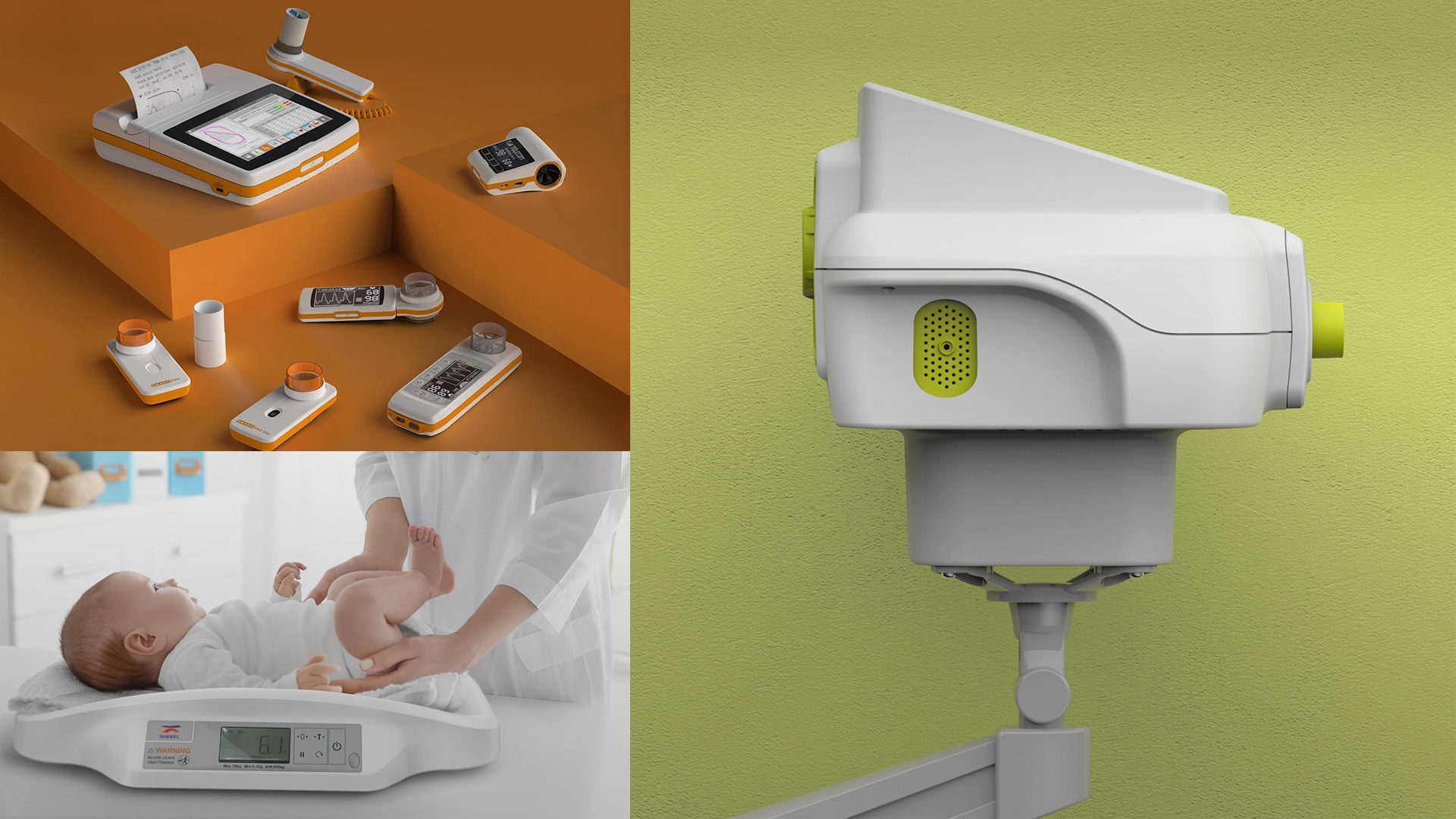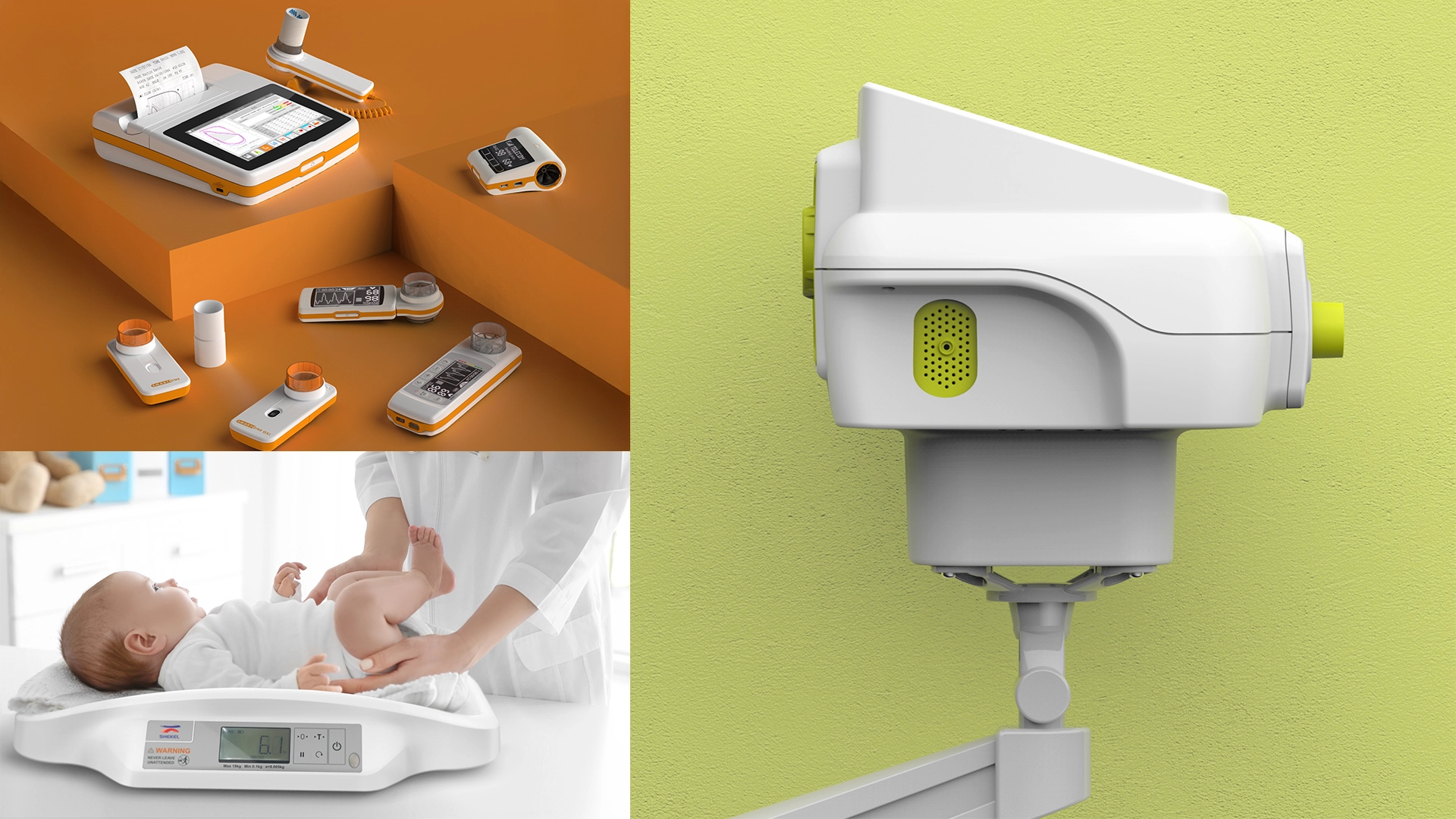Prototypes provide proof-of-concept, certifications, tests for engineered model, design patterns and benchmarks so they are very important in the medical device design, engineering and manufacturing process.
To this end, medical device vacuum casting is the perfect rapid prototyping service when preparing a product for high volume production, especially with plastic injection molding.
Medical device plastic injection molding requires a dedicated solid metal tool, so it is indicated to first create a few prototypes using vacuum casting to allow the designer and product engineer to perfect the design before producing anything by injection molding. Products made with medical device vacuum casting are of high quality and have many advantages: variety of textures, stiffness, strength, hardness and softness, and can also be used for a wide range of medical device engineering tests.
Let’s take a closer look at the benefits of polyurethane vacuum casting when preparing a new medical device:
1. Speed
All vacuum casting operations begin with a master model, which is a solid replica of the final product, often made by 3D printing or CNC machining.Once the 3D printed product is ready, a mold is created in less than two days: the first day the silicone is mixed and poured and the next day full curing takes place. This process is advantageous in that it is much faster than a plastic injection mold process from steel or aluminum. Once the mold is made the resin mixture is poured into it and the finished product is made in two days. Overall, the medical device development process from concept to finished product – including making the 3D model – can take seven to ten days to make about 50 working prototype parts, but sometimes it is even faster than that.
2. High Quality
Resin copies of the initial model resemble it in quality and characteristics, such as texture, surface detail, tolerance and size.
Thus, cast parts have the same performance and appearance as plastic injection molded products and parts, in part because of the isotropic behaviour which differentiates them from parts made by 3D printing or any other layered prototype technology which produces parts with anisotropic behaviour. In addition, resin products can also be processed later like other solid products.
Due to the smooth surface structure, the application of finishing services is much easier, without the need for extra polishing or sanding.
3. Overmolding
The medical device often takes the form of a case and uses screens, buttons, keypads, and other interactive elements as medical equipment becomes increasingly digital and interconnected.These control surfaces and keypads often use soft elastomers or rubber-like materials as overmoldings. Using medical device vacuum casting it’s possible to mold two or more dissimilar materials into one finished part. This can also be done with injection molding but it takes much more time and money.
4. Availability of a wide range of plastics
Parts and products used in the medical device industry have a variety of mechanical and chemical properties: sterilizable, easy to clean, transparent, biocompatible, chemical and heat resistant, rigid and strong.
Cast resins can meet all of these qualities. This fact is quite beneficial when it comes to getting a new medical design approved by the FDA.
5. Affordability
Creating a master pattern using vacuum casting and making resin copies as well as silicone molds in most cases is cheaper than CNC machining or 3D printing, when you need about 5 or more replicas of the same parts.
The money saved can then be used for medical device development and eventual full production.
6. Molded-in Color
Another unique advantage of vacuum casting is that the resins can be colored with dyes and pigments to produce a finished product in any color. In injection molding, on the other hand, the product developer must commit to a minimum volume of raw material that can be colored with masterbatch pigment.
The vacuum casting process will give you the confidence in your design to push the button on the final injection mould tooling
Creanova is an expert in medical device vacuum casting and prototyping. We provide expert advice on which process and technologies are best for your medical equipment.
Creanova offers different prototyping technologies to suit all possible purposes, from Proof of Concept (POC) and Minimum Viable Product (MVP) to aesthetical and functional prototypes also for V&V (Verification and Validation) purposes, up to medical device pre-series production.
Our skilled engineers support you during the entire prototyping process: from the selection of the most suitable technology to the identification of the best material (considering UL94/V0 flammability, biocompatibility, etc), passing through quality control, test support, up to assembly and design improvement cycles such as modification or updating of 3D-CAD files.
Furthermore, through a single point-of-contact, you can take advantage of broad expertise that extends beyond prototyping and industrial design to engineering and contract manufacturing services dedicated to medical device validation. If you would like to learn more about how Creanova can help you with your medical project, contact us.

